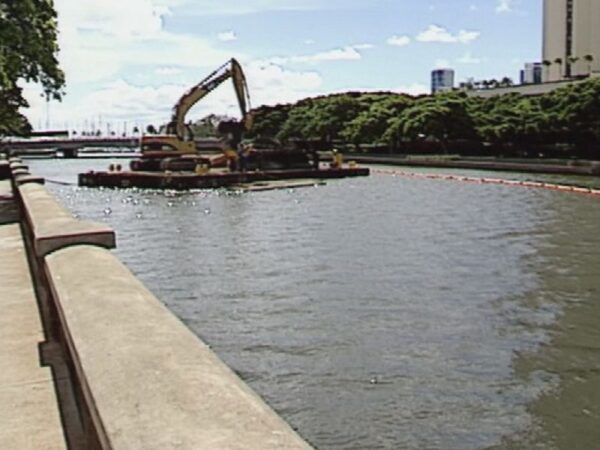

Technology currently used to dredge sediment from a harbor, bay, or other marine bottom consists of hydraulic or mechanical devices. An object is dragged along the bottom with the prevailing current this suspends the sediment and the current carries the suspended material away from the area. One of the oldest types of dredging is agitation dredging, which uses a combination of mechanical and hydraulic processes and dates back over 2,000 years.

Hundreds of millions of cubic feet of sediment are dredged from marine bottoms annually in the United States and throughout the world. Dredging is also used to collect sediment (usually sand and gravel) for construction and other commercial uses. If dredging were not done, harbors would eventually fill in and marine transportation would be severely limited. Maintenance dredging is required because sediment suspended in the water eventually settles out, gradually accumulating on the bottom. Dredging sediment to construct new ports and navigational waterways or maintain existing ones is essential for vessels to be able to enter shallow areas. Dredging is a process to remove sediment.


 0 kommentar(er)
0 kommentar(er)
